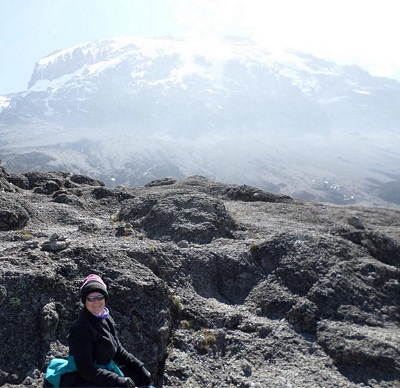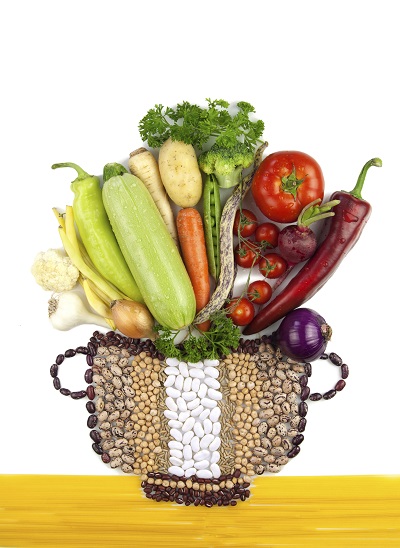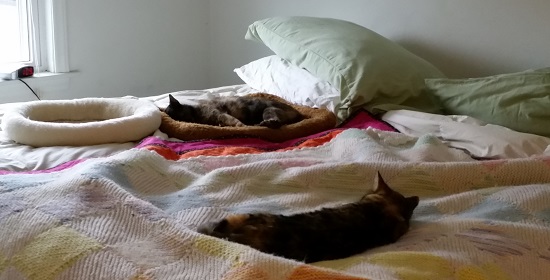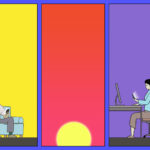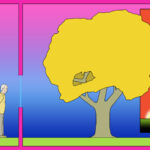In 25 months of abstinence from alcohol, I have never chosen not to drink. I cannot remember the glass of wine that turned from being a choice to not a choice, but that turn happened and when I am in the wine aisle at Kroger, when I see the starfish on the green label, I want. I want without ceasing.
When I see and want the bottle of wine, I don’t consider options or choices. I don’t resist, I don’t use my brain to hold my arm down, I don’t think about how I would disappoint others, I don’t think about the consequences of drinking, I don’t exert my willpower to keep myself from buying two bottles (the days of one bottle a night were long gone when my drinking stopped). There’s nothing I can do to not buy and drink those bottles of wine.
This is such a very subtle, difficult inner experience to explain: I can’t even walk closer to choice. I have no power over choice. The closer I get, the more power it has. Instead, I throw myself off a cliff. Every time I want a drink, whether I’m in the grocery store, sitting across from you at a dinner table, or all alone at my house, if I want a drink, I throw myself off a cliff.
It is an either-or, a direness that extreme. I can’t even flirt with choice.
I can truly envision myself standing on a cliff across from someone holding out a glass of wine to me. I feel that terrible, aching, yearning longing. I don’t just lean back and fall. I turn my face towards the space beyond the cliff. I bend my knees and I push off.
It’s just a metaphor, just an image, but there’s no doubt about what happens when people throw themselves off cliffs.
I choose death over drinking.
Day after day.
It’s not a very nice way to live. Yet, it’s the addict’s “choice”—if one dares to call it that.
I don’t understand why my mind (heart, soul, spirit or some combo?) has generated this cliff metaphor. What’s the cliff made of? Where do I fall? Am I caught somewhere? By what? Why do I not die? I don’t know.
People addicted to alcohol and other drugs hear: “Just choose to stop! Use your willpower! Just say no! Just put it down!” and “Think of the consequences! You’re going to jail, to lose your job/lose your children/lose your relationship! Don’t you care about those?!” or “Don’t you see how your using and drinking are hurting me?” or “You just don’t really want to quit, do you?”
Yes, I have willpower. Yes, I want to put the bottle down. No, I don’t want to hurt anybody. No, I don’t want to lose anything. Yes, I want to quit.
But I can’t. I can’t quit if I think in terms of choice for the good of myself and others or choice against consequences that would harm myself or others. Thinking about addiction and choice is like thinking about stirring milk into a cup of tea with a teaspoon and pressing desperately to staunch a gushing wound with soaked gauze. Yeah, they both involve a hand. Otherwise, they’re not related. They’re not compatible.
I hear people who are newly abstinent or attempting to become abstinent try to rally themselves to make better choices, or admonish themselves to think of consequences, and I groan.
The only thing I know for sure is that I was unable to stop my drinking on my own. I needed help. Perhaps I throw myself over and over off a cliff into the spaciousness of the mercy of others.
